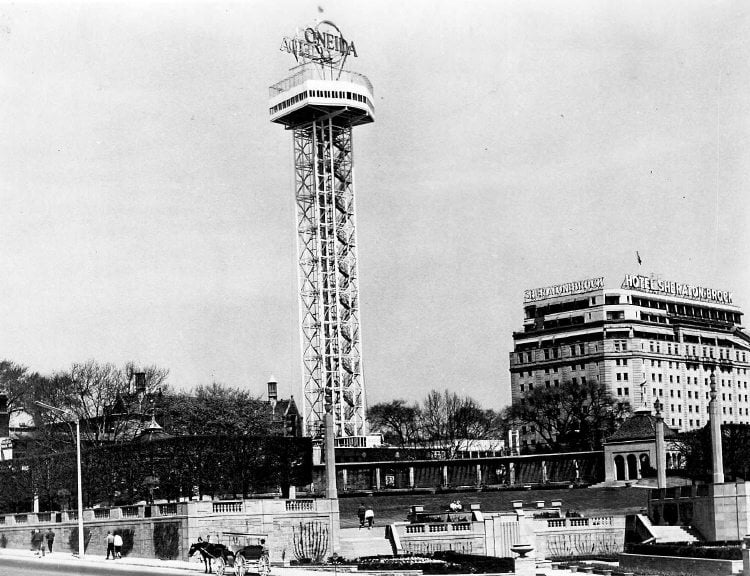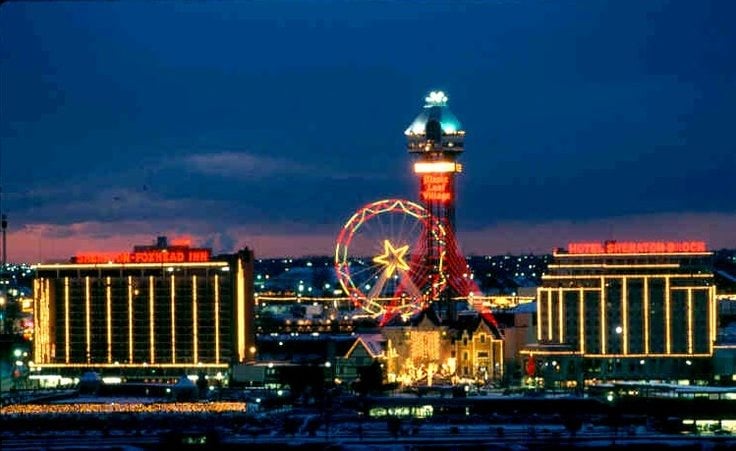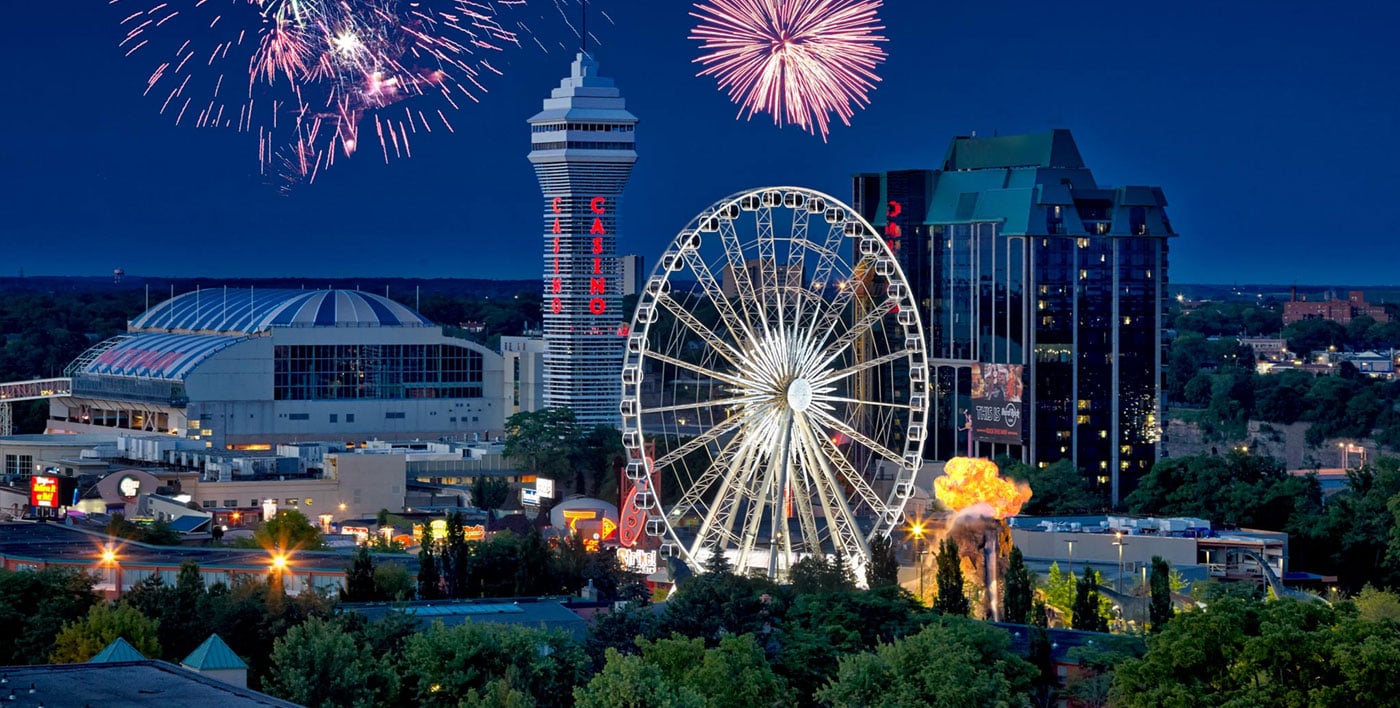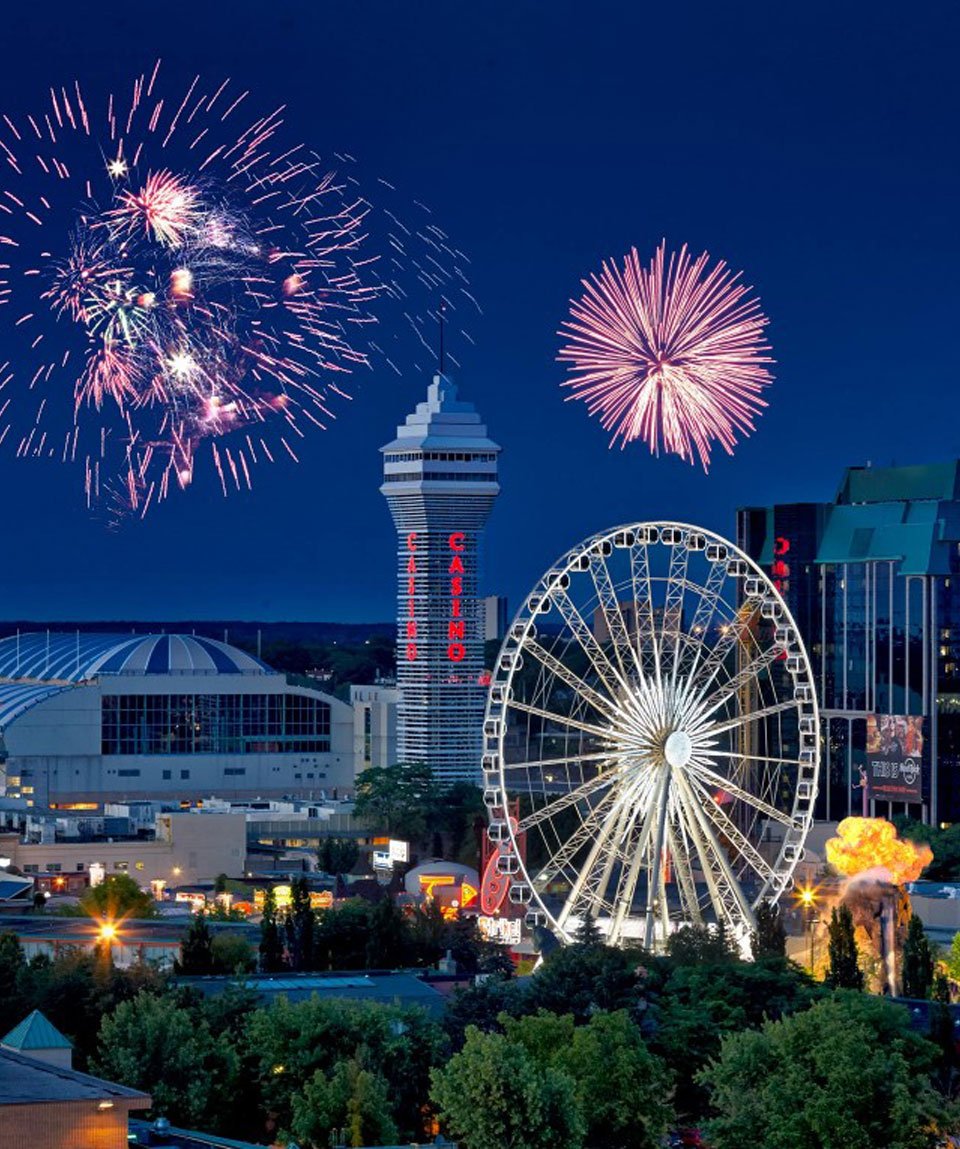Casino Niagara stands on a site rich in history, tracing its roots back to 1782 when Philip George Bender, a United Empire Loyalist and member of Butler’s Rangers, arrived in Niagara Falls. For his five years of service, Bender was granted 300 acres of land in what is now the central area of Niagara Falls. His property stretched from Seneca Street in the north to Stanley Avenue in the east and Robinson Street in the south. After the War of 1812, Bender replaced his wooden homestead with a sturdy stone house on six acres of his land, a spot that would later become the site of Casino Niagara.
Bender’s property remained in the family until January 1880, when it was purchased by John Humphrey Noyes, founder of the Oneida Community in New York State. Noyes, who had established a silverware factory in Oneida, New York, in 1879, commuted from the Bender residence to his factory. His son, Pierrepont B. Noyes, later expanded the family business, establishing the Canadian Oneida Company Plate Silverware factory on the site in 1916. This marked a significant development for the property, transitioning from a private residence to an industrial hub.

(photo cred: Niagara Falls Public Library)
In 1925, the original stone house was demolished to make way for a three-story silverware factory. The Oneida factory became a prominent feature in the area and contributed to the local economy. By 1964, another transformation took place: the construction of the 355-foot Oneida Tower. The tower, designed with an open steel frame, was a unique engineering feat at the time, featuring two glass elevators and a two-story observation deck. Visitors could enjoy an unobstructed view of Niagara Falls from the tower’s top deck.
Maple Leaf Village

(photo cred: Niagara Falls Public Library)
The Oneida Tower was renamed the Niagara Tower and Plaza in 1974, and in 1985, it became the Kodak Tower, the centerpiece of the Maple Leaf Village Shopping Complex. Maple Leaf Village opened in 1977, offering a blend of retail shops, entertainment, and amusement rides. The $22 million amusement park featured attractions like bumper cars, swings, an Elvis Presley Museum, and what was, at the time, Canada’s largest Ferris wheel. The park’s design incorporated stone salvaged from the demolished Oneida factory, preserving some of the site’s historical elements.
1981 Maple Leaf Village Commercial:
Despite its popularity, Maple Leaf Village faced financial challenges throughout the late 1980s and early 1990s. In 1992, the park’s attractions were auctioned off, and by 1993, the entire complex had closed.
In November 1995, the Ontario government announced plans to build a casino in Niagara Falls, and the former Maple Leaf Village site was selected. On April 20, 1996, groundbreaking took place, and by December 9, 1996, Casino Niagara officially opened its doors to the public. The casino quickly became a major draw for tourists and locals, welcoming millions of visitors over the years.
While Casino Niagara is the oldest casino in the area, the opening of Fallsview Casino in 2004 added another dimension to Niagara Falls’ entertainment offerings. Spanning 180,000 square feet, Fallsview Casino features 3,000 slot machines and 150 table games. Both casinos continue to attract visitors with their gaming options and live entertainment, solidifying their place as key attractions in Niagara Falls.
For those planning a visit, these two casinos, alongside the historic charm of the area, offer a blend of modern entertainment and rich heritage.

